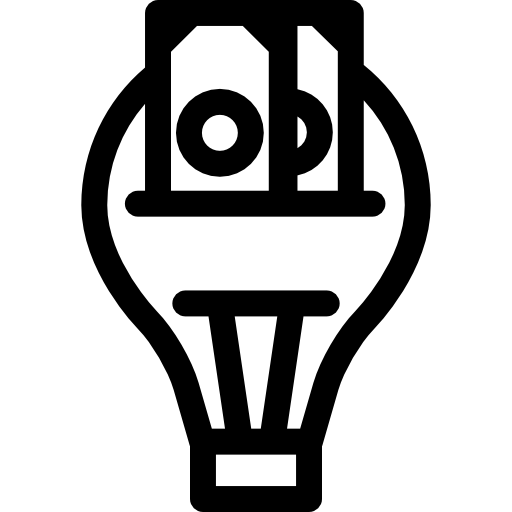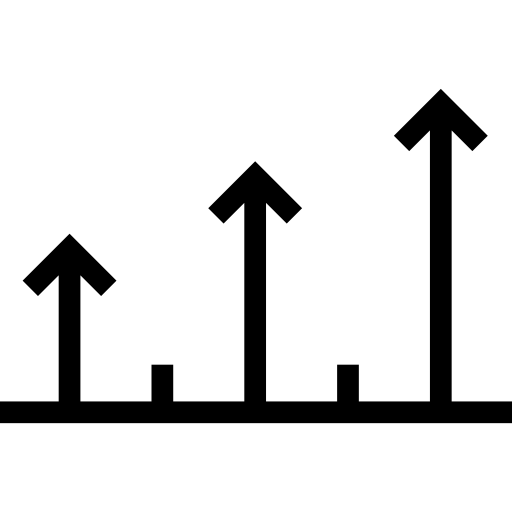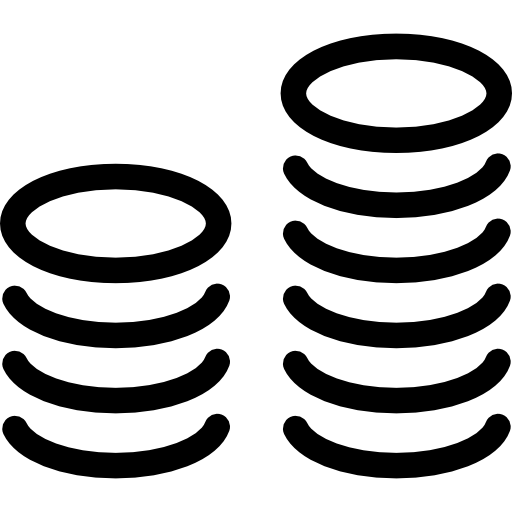
Starting date : Jan. 2017 > Dec. 2020
Lifetime: 48 months

Program in support : H2020-ICT-29-2016

Status project : complete

CEA-Leti's contact :
Laurent Mendizabal
Laurent Fulbert

Project Coordinator: University College Cork (IE)
Partners: - BE: IMEC
- CZ: Argotech AS
- DE: Ficontec Service, Fraunhofer HHI, Karlsruhe Institute of Technology, Microfluidic Chipshop
- FL: VTT
- FR: III-V Lab, CE-Leti, EPIC
- IRE: Eblana Photonics Ltd, Tyndall National Institute
- IT: Linkra
- NL: Phoenix BV, Technobis IPPS,
- TU Eindhoven, XiO Photonics BV
- UK: Randox Laboratories

Target market: n/a

Investment: € 15.6 m.
EC Contribution: € 13.4 m.

| Stakes
In this project, CEA-Leti intends to develop and transfer an innovative method for self-aligning micro-lens arrays on PIC wafers. This will lead to low cost and mass production compatible optical assembly of photonic devices for various applications (from optical fiber high-speed modules to biosensors). These developments will enable accurate alignment (<1μm) of micro-lenses used to collimate or refocus the output beam.
Assessment of the proposed technology has started through groundwork on micro-lenses and PIC to ensure the best assembly. Micro-lens wafers sourced from a PIXAPP partner are post-processed to obtain pads specifically sized for self-alignment, while microbumps are grown on PIXAPP reference PIC wafers processed by IMEC. After performing this work, an assembly process is developed using self-alignment to ensure micro-lens array placement with an accuracy of less than 1μm, a perfectly clean optical surface and homogeneous underfilling to minimize optical losses. This process is controlled by physical analysis to characterize residual misalignment; optical characterization is then performed to analyze the output beam and validate the micro-lens optical design.
At development stage, this assembly process is performed on SET sub-micron alignment equipment. The accuracy of this equipment allows evaluation of the maximum acceptable initial misalignment before reflow that can be rectified by self-alignment. This parameter will determine the placement speed of micro-lens arrays on PICs for mass production.
Once the technique has been demonstrated on reference and demonstrator chips, it will be transferred to the PIXAPP partners and proposed as an available assembly method on the PIXAPP platform.
The PIXAPP project has established the world’s first open access, Photonic Integrated Circuit (PIC), pilot assembly and packaging line. It combines a strong interdisciplinary team of Europe’s leading industrials and research organizations. PIXAPP is providing Europe’s SMEs with a unique one-stop shop, enabling them to exploit the breakthrough advantages of PIC technologies. PIXAPP bridges the «valley of death» by providing SMEs with an easy access route to taking R&D results from laboratory to market and giving them a competitive advantage over global competition. Target markets include communications, healthcare and security, which are of major socio-economic importance to Europe. PIXAPP’s manufacturing capabilities can support over 120 users per year across every manufacturing stage from prototyping to medium scale production. PIXAPP bridges gaps in the value chain from assembly and packaging to equipment optimization, testing and application demonstration. In achieving these ambitious objectives, PIXAPP has fulfilled the following actions: 1) Combining a group of Europe’s leading industrials and research organizations at a pilot line facility ensuring advanced PIC assembly and packaging 2) Developing an innovative pilot line operational model that coordinates activities between consortium partners and supports easy user access through a single entry point 3) Establishing packaging standards that provide cost-efficient assembly and packaging solutions, enabling transfer to full-scale industrial production 4) Mobilizing the highly skilled workforce required to manage and operate these industrial manufacturing facilities 5) Developing a business plan to ensure pilot line sustainability and a route to industrial production. PIXAPP delivers significant impacts to a wide stakeholder group, highlighting how industrial and research sectors can cooperate to address emerging socio-economic challenges.
IMPACT
The PIXAPP project is developing the first European photonic packaging platform offering customers mature solutions for photonic system design, development and manufacturing. CEA-Leti’s cooperation involves developing technological blocks as future solutions to specific customer requirements (e.g. mass production effective optical assembly using reliable materials within the project scope), allowing the PIXAPP platform to continue offering up-to-date solutions in the coming years.
|
|